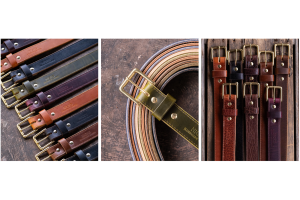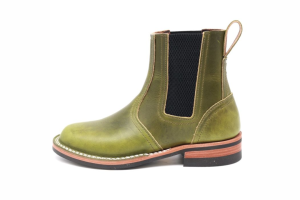Lightweight Work Boots: Your Feet's New Best Friend
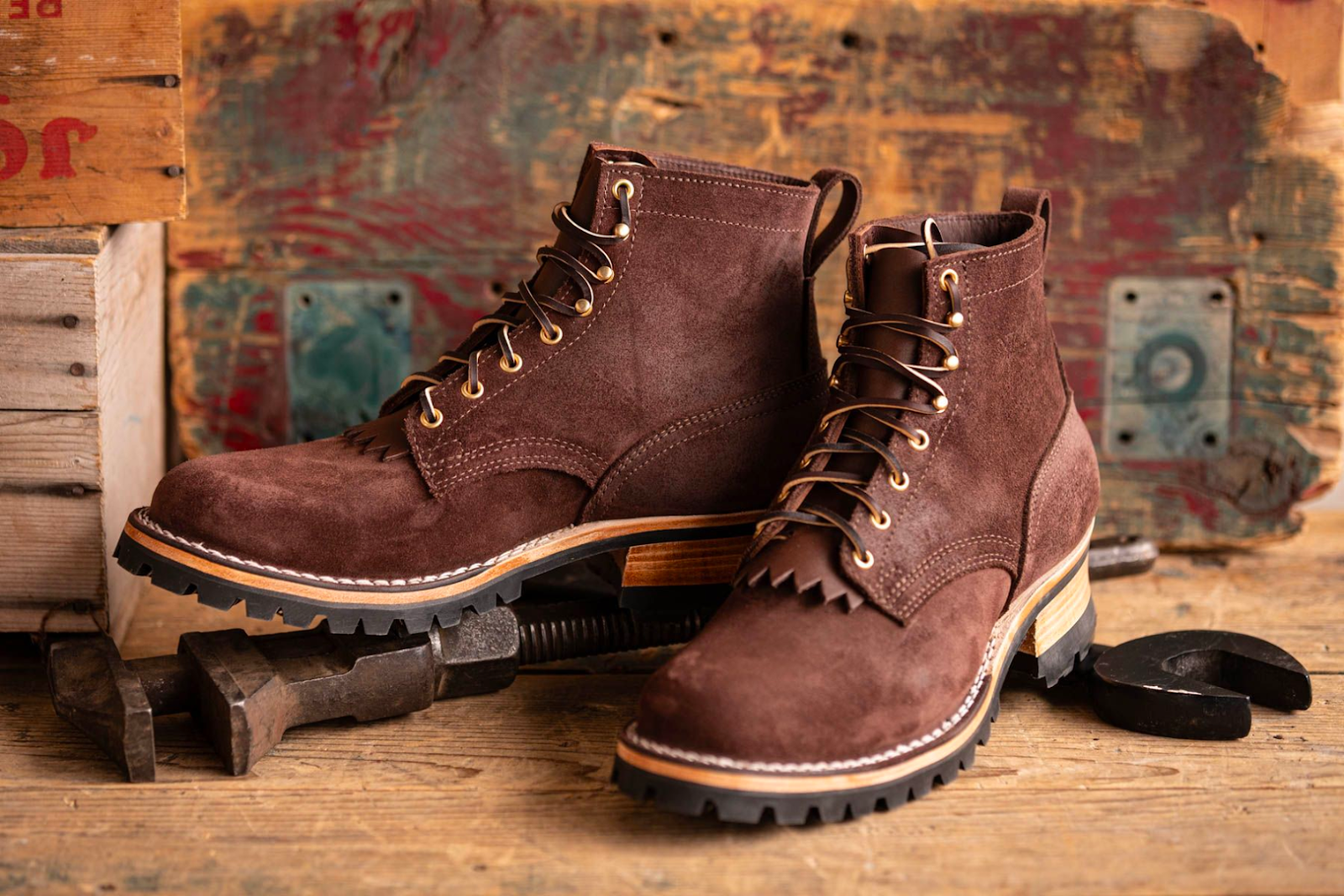
Key Takeaways
- Innovative Comfort and Support: Lightweight work boots provide exceptional comfort and support, reducing foot fatigue and enhancing mobility, crucial for professionals spending long hours on their feet.
- Durability and Safety: Despite their lightness, these boots do not compromise on durability or safety, featuring protective elements like steel or composite toe caps and adherence to industry safety standards.
- Versatility and Practicality: Suitable for a wide range of work environments, lightweight work boots offer practicality and adaptability, ensuring performance and protection across various professions and conditions. For more insights on how we achieve this balance in our bootmaking process without compromising quality, check out our blog.
In today’s demanding work environments, having the right footwear is not just a matter of comfort, it’s a necessity. Lightweight work boots have emerged as a game-changer for professionals who spend long hours on their feet. They offer the much-needed respite from the traditional, heavy-duty boots without compromising on safety or durability.
To see these principles in action, explore our collection of lightweight work boots at Nicks Boots, where we blend craftsmanship with practicality.
The Evolution of Lightweight Work Boots
Traditional to Modern Designs
The evolution of work boots from heavy, bulky designs to today's lightweight versions reflects the changing demands of the modern workforce. Originally focused on durability and protection, work boots have evolved to prioritize comfort and mobility. This shift has led to the development of lighter boots that maintain traditional durability but enhance wearer agility and reduce fatigue.
Advances in Boot Technology
This transformation is driven by innovations in materials and manufacturing. Lightweight materials like advanced synthetic fibers and lightweight leathers, combined with cutting-edge manufacturing techniques, have revolutionized boot design.
These advancements allow for boots that are both strong and light, offering ergonomic designs that provide essential support without unnecessary weight. This evolution signifies a significant step in meeting the needs of today's workers, where comfort, support, and practicality are key.
Unpacking the Comfort of Lightweight Boots
Materials and Design for Comfort
The comfort of lightweight work boots hinges on the materials used and their design. Manufacturers often employ materials like EVA (ethylene-vinyl acetate) foam in midsoles, known for its cushioning properties and lightness. The uppers may be made from flexible, breathable materials that conform to the foot, reducing the break-in period and enhancing comfort from the first wear.
The design also plays a crucial role – ergonomic features like padded collars, cushioned insoles, and moisture-wicking linings are common in lightweight boots to ensure all-day comfort.
Impact of Lightness on Foot Fatigue
Lightweight boots directly impact reducing foot fatigue, a critical factor for professionals spending long hours on their feet. The reduced weight means less energy expended with each step, allowing for greater endurance throughout the day. Furthermore, lightweight boots can improve posture and minimize strain on the feet, ankles, and lower back, leading to overall better physical well-being during and after work.
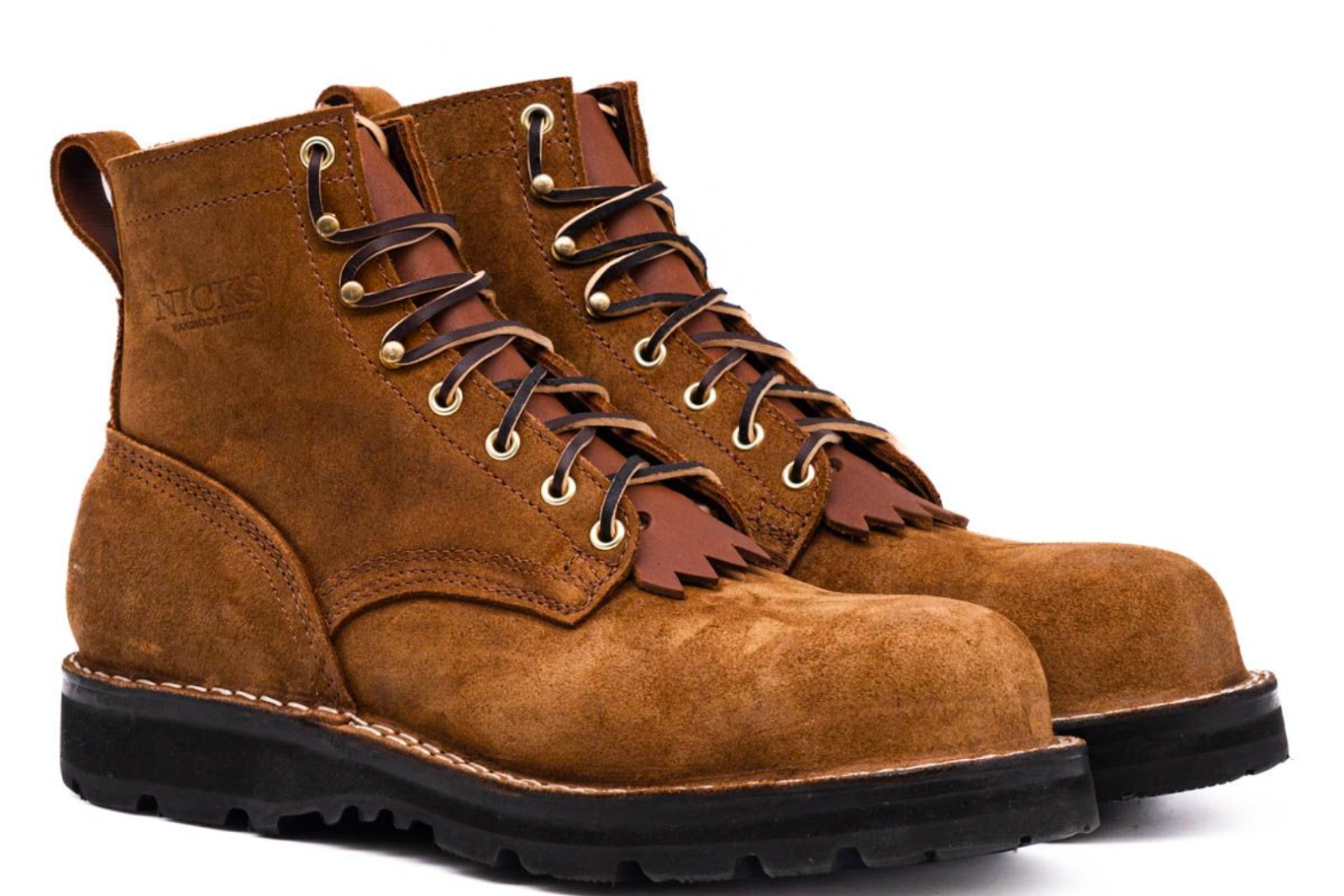

Support Features in Lightweight Work Boots
Importance of Proper Support
While the lightness of a boot is essential for comfort, equally important is the support it provides. Proper support in work boots is crucial for preventing foot and ankle injuries, especially in occupations requiring prolonged standing or walking on uneven surfaces. Lightweight work boots are engineered to offer optimal support without adding extra weight. This includes features like reinforced heel counters, arch support, and structured shank areas that provide stability and aid in maintaining proper foot alignment.
Innovations in Supportive Design
Innovative design elements are key in enhancing the supportive nature of lightweight work boots. Technologies such as contoured footbeds, which conform to the foot’s natural shape, and shock-absorbing soles, which reduce the impact on joints, are increasingly common.
Moreover, some boots incorporate memory foam or gel padding for additional comfort and support. These design features ensure that the boots not only protect the feet but also promote a healthy walking and standing posture, which is vital for overall foot health and comfort.
Practicality for the Working Professional
Versatility in Various Work Environments
Lightweight work boots are designed not just for comfort and support, but also for practicality across a range of work environments. Their versatility is a key feature, making them suitable for various professions, from construction and manufacturing to landscaping and emergency services.
These boots are constructed to withstand different terrains and weather conditions, offering reliable performance whether indoors or outdoors. This adaptability is crucial for professionals who face varied and unpredictable working conditions daily.
Durability Without the Weight
One common misconception about lightweight work boots is that they compromise on durability. However, modern manufacturing techniques and materials have made it possible to create boots that are both lightweight and durable.
High-quality, abrasion-resistant materials, and robust construction methods ensure these boots can endure the rigors of demanding work environments. This means professionals do not have to choose between a boot that is light and a boot that lasts, as lightweight work boots provide the best of both worlds.
Safety and Compliance in Lightweight Design
Protective Elements for Workplace Safety
Safety is a paramount concern in the design of lightweight work boots. These boots often incorporate various protective elements to ensure the wearer's safety in hazardous work environments. Features such as steel or composite toe caps, slip-resistant soles, and puncture-proof midsoles are common.
These elements provide protection against common workplace hazards like falling objects, slips, and punctures, ensuring that the boots meet or exceed safety standards required in many industries.
Meeting Industry Safety Standards
Lightweight work boots are not only designed with safety in mind but also with a commitment to adhering to industry safety standards. These standards, such as ASTM (American Society for Testing and Materials) in the United States or ISO (International Organization for Standardization) internationally, set criteria for various safety aspects like toe protection, electrical resistance, and sole traction.
Manufacturers of lightweight work boots take these standards seriously, ensuring that their products provide the necessary protection while maintaining a lighter weight. This commitment to safety and compliance gives workers the confidence that their footwear will not only be comfortable and durable but also safe for use in their specific work conditions.
Choosing Your Ideal Lightweight Work Boot
Considerations for the Best Fit
Selecting the right lightweight work boot is crucial for ensuring comfort, support, and safety. When choosing a boot, consider factors such as the type of work you do, the conditions you work in, and specific safety requirements. The fit of the boot is paramount – it should be snug but not tight, with enough room to wiggle your toes. Also, consider the boot's insole and arch support, as these can significantly impact comfort, especially during long work hours.
Tips for Trying and Buying
When trying on lightweight work boots, it’s advisable to do so later in the day when your feet are likely to be at their largest. Wear the type of socks you would typically wear at work. Walk around in the boots to ensure there are
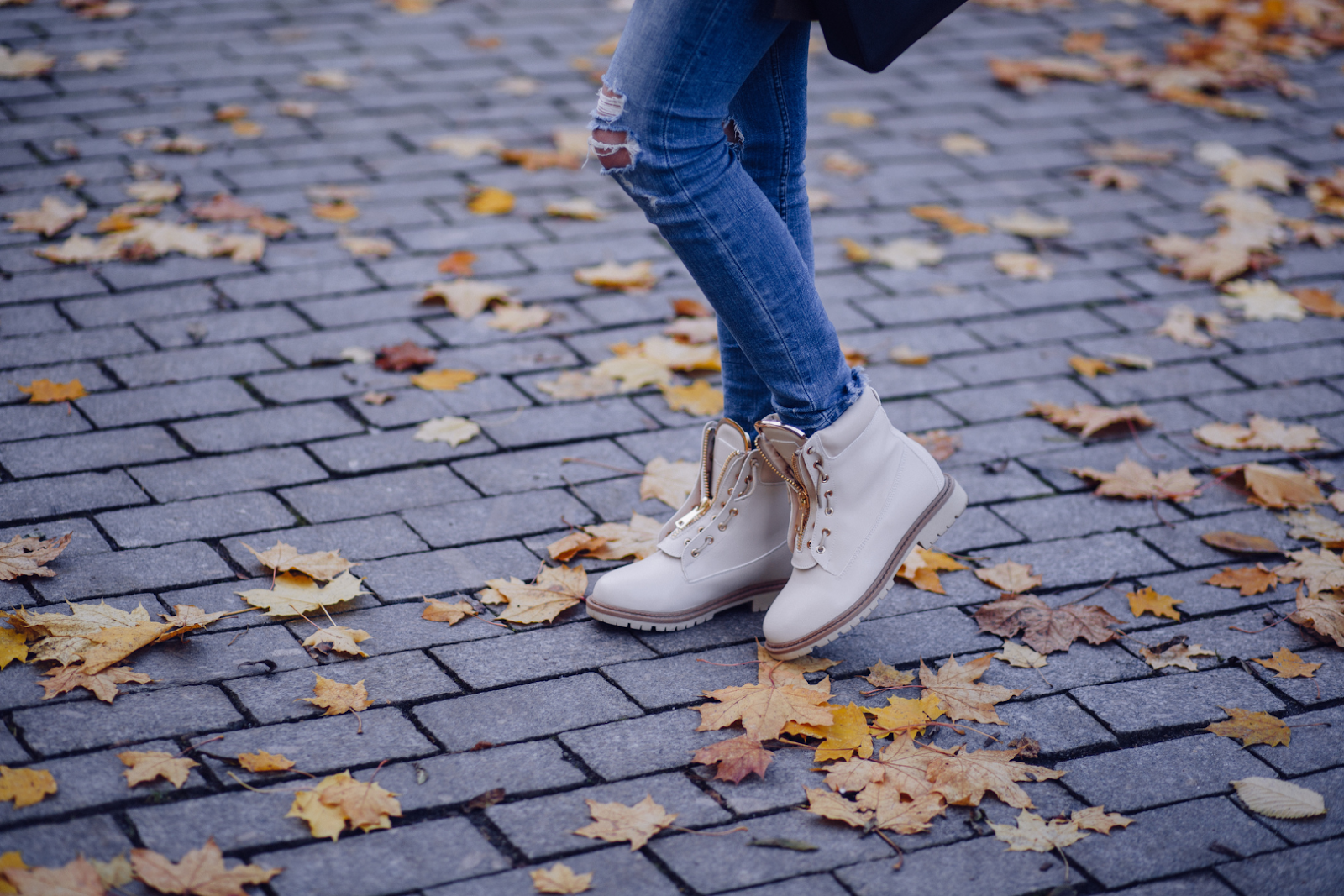

Caring for Your Lightweight Work Boots
Maintenance Tips for Longevity
Proper care and maintenance are essential to extend the life of your lightweight work boots. Regular cleaning is crucial – remove dirt and debris after each use to prevent material degradation. Use a soft brush or cloth and, if necessary, a mild soap for tougher stains. It's important to let the boots dry naturally, away from direct heat sources, as high heat can damage the materials. Conditioning the leather parts of the boots periodically can also prevent them from drying out and cracking.
When to Replace for Optimal Performance
Even with the best care, work boots will eventually wear out and need replacing. Signs that it's time for a new pair include noticeable wear on the sole, diminished comfort and support, or any damage to the protective features. Regularly inspecting your boots for these signs can ensure you always have reliable, safe, and comfortable footwear for your work. Remember, timely replacement is not just about comfort; it's also about maintaining safety and efficiency at work.
Final Thoughts
Lightweight work boots represent a significant advancement in workwear, offering an ideal blend of comfort, support, and practicality. By choosing the right pair of lightweight work boots, professionals can ensure their feet are well-protected, comfortable, and less fatigued, enhancing overall work performance and well-being.
Looking for more insightful reads? Dive into our selection of featured articles for a deeper exploration:
Are Work Boots Good For Hiking?
How To Wash Work Boots? Don't...Here's How You Clean Them
Will Leather Work Boots Stretch?
Frequently Asked Questions
How do lightweight work boots differ from regular work boots?
Lightweight work boots are designed to provide the same protection and durability as regular work boots but with less weight, enhancing comfort and reducing fatigue for long-duration wear.
Can lightweight work boots provide adequate protection?
Yes, they are equipped with protective features like steel or composite toe caps and slip-resistant soles, ensuring safety while being lighter than traditional work boots.
Are lightweight work boots suitable for all types of jobs?
They are versatile and suitable for various professions, including construction, manufacturing, and outdoor work, but always check specific job requirements and safety standards.
How long do lightweight work boots typically last?
The lifespan varies based on usage, care, and quality but generally, they can last as long as traditional work boots when maintained properly.
What should I look for when choosing a lightweight work boot?
Consider factors like fit, comfort, support, specific work environment needs, safety features, and overall boot quality.
Is it necessary to break in lightweight work boots?
While they generally have a shorter break-in period due to flexible materials, some breaking in may still be necessary for optimal comfort.
How do I maintain and clean my lightweight work boots?
Clean them regularly with a soft brush or cloth, use mild soap for tough stains, and let them dry naturally. Condition leather parts periodically.
Are lightweight work boots more expensive than regular ones?
The price varies based on brand and quality. They can be comparable in price to regular work boots, and investing in a good pair often means better longevity and comfort.
Can I wear lightweight work boots in extreme weather conditions?
Many are designed to withstand various weather conditions, but check the specific features of the boot for suitability in extreme conditions.
What is the most important factor in a lightweight work boot?
While comfort and lightness are key, the most important factor should be how well the boot meets your specific work requirements in terms of safety, support, and suitability for your job environment.


